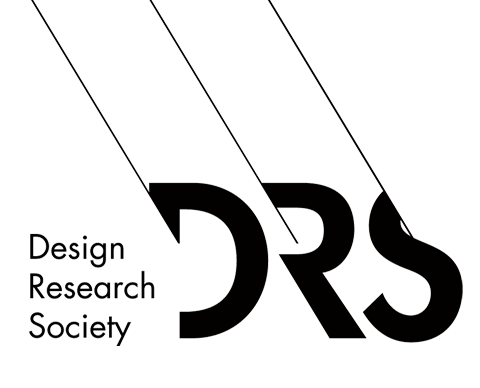Abstract
The purpose of this study is to explore the role of color in human-Webpad interaction based on a model of human factors. Color is a prominent and prevailing visual stimulus encountered by humans daily. It affects how humans process information perceptually and cognitively. Four important design issues pertaining to the model of human factors, i.e., issues concerning humans, Webpad technology, user interface, and environment, are discussed in this paper. The authors hope that this discussion can be utilized to improve the applications of color in Webpad user interface design and, at the same time, point us towards the right direction for future color research on various types of interaction applications. In this paper, the authors also emphasize the concept of human factors to be used to facilitate the internationalization and localization of a Webpad user interface design. A table illustrating how human factors considerations can facilitate Webpad internationalization and localization in terms of physical, perceptual (physiological), and cognitive (psychological) aspects is provided.
DOI
https://doi.org/10.21606/drs.2002.9
Citation
Chen, C., Chen, Y., and Chiou, B. (2002) Human factors considerations in human-webpad interaction – a discussion on color application, in Durling, D. and Shackleton, J. (eds.), Common Ground - DRS International Conference 2002, 5-7 September, London, United Kingdom. https://doi.org/10.21606/drs.2002.9
Human factors considerations in human-webpad interaction – a discussion on color application
The purpose of this study is to explore the role of color in human-Webpad interaction based on a model of human factors. Color is a prominent and prevailing visual stimulus encountered by humans daily. It affects how humans process information perceptually and cognitively. Four important design issues pertaining to the model of human factors, i.e., issues concerning humans, Webpad technology, user interface, and environment, are discussed in this paper. The authors hope that this discussion can be utilized to improve the applications of color in Webpad user interface design and, at the same time, point us towards the right direction for future color research on various types of interaction applications. In this paper, the authors also emphasize the concept of human factors to be used to facilitate the internationalization and localization of a Webpad user interface design. A table illustrating how human factors considerations can facilitate Webpad internationalization and localization in terms of physical, perceptual (physiological), and cognitive (psychological) aspects is provided.

